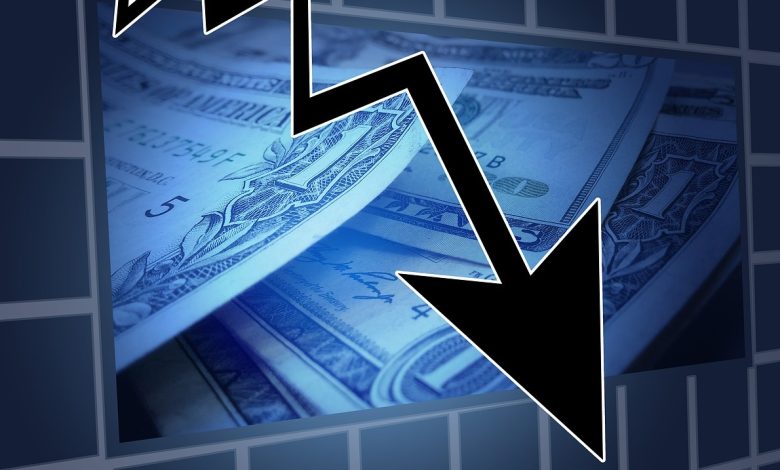Fitch Slashes US Credit Rating

The debt ceiling deal was supposed to stabilize things for the US government. By suspending the debt limit for two years, Congress mitigated the fear of a US default, but the deal apparently wasn’t enough to paper over the dysfunction in Washington DC.
On Tuesday, Fitch Ratings downgraded the US’s long-term credit rating from AAA to AA+.
With the current debt ceiling fight resolved, Fitch removed the US’s Issuer Default Rating from “watch negative” to “a stable outlook.” But the end of the debt ceiling standoff wasn’t enough to alleviate fears about America’s debt trajectory.
The repeated debt-limit political standoffs and last-minute resolutions have eroded confidence in fiscal management.”
Fitch noted that the US government doesn’t have any kind of “medium-term fiscal framework,” and operates under a “complex budgeting process. In other words, Congress sets the budget on a year-by-year basis.
These factors, along with several economic shocks as well as tax cuts and new spending initiatives, have contributed to successive debt increases over the last decade.”
In just two months since the debt ceiling deal, the US Treasury added $1.2 trillion to the national debt.
Fitch projects that the US general government deficit to rise to 6.3% of GDP in 2023. That would be up from 3.7% in 2022.
Treasury Secretary Janet Yellen said she “strongly” disagreed with the credit rating cut. She claimed that Fitch used “outdated data” and that many of the measures the rating company uses, “including those related to governance, have shown improvement over the course of the administration, with the passage of bipartisan legislation to address the debt limit, invest in infrastructure, and make other investments in America’s competitiveness.”
In fact, there is no sign that the US is getting its fiscal house in order. The federal government faces a double whammy of declining revenue and increasing spending, and it continues to run massive budget deficits month after month.
The federal government enjoyed a revenue windfall in fiscal 2022. According to a Tax Foundation analysis of Congressional Budget Office data, federal tax collections were up 21%. Tax collections also came in at a multi-decade high of 19.6% as a share of GDP. But CBO analysts warned it wouldn’t last, and we’re now seeing a precipitous decline in government revenue. June receipts were down 9.2% year on year in June. And government tax revenue will decline even faster as the economy spins into a recession.
Meanwhile, the Biden administration continues to blow through half a trillion dollars every single month.
Now, you might be thinking that with the spending cuts in the Fiscal Responsibility Act, Congress fixed this problem. But we live in an upside-down world where spending cuts mean spending still increases in reality.
In other words, the spending cuts will not put a dent in current spending levels. That means we can expect these massive deficits to continue month after month. And it’s only a matter of time before Congress and the Biden administration abandon the pretense of spending cuts to address the next crisis.
Keep in mind, the feds now have a credit card with no limit.
The credit rating downgrade won’t likely have a significant impact on the US government’s ability to borrow, but it should serve as a wake-up call. The world is watching and is starting to recognize that the federal government is on an unsustainable path.
Call 1-888-GOLD-160 and speak with a Precious Metals Specialist today!
Buka akaun dagangan patuh syariah anda di Weltrade.
Source link







